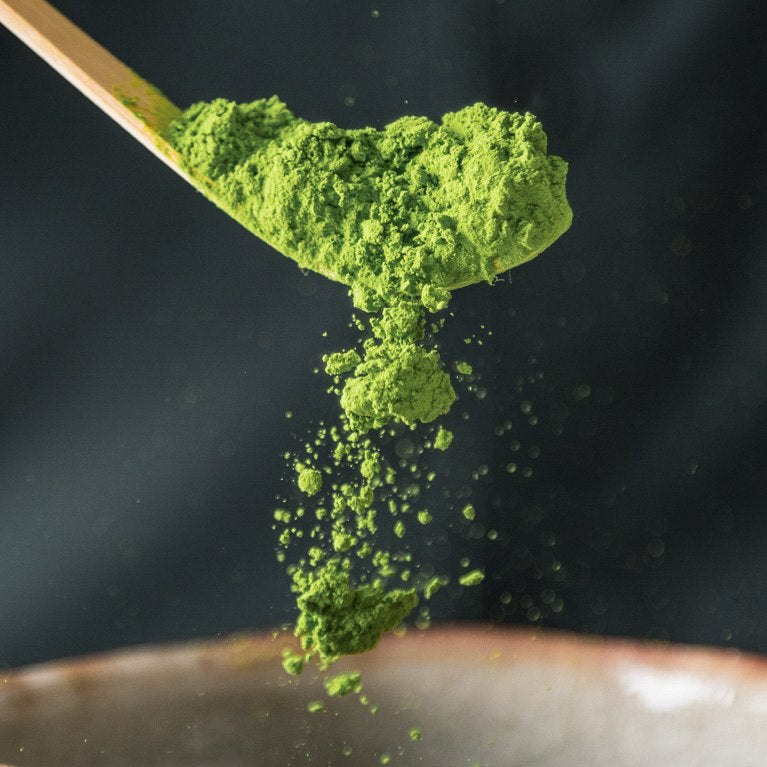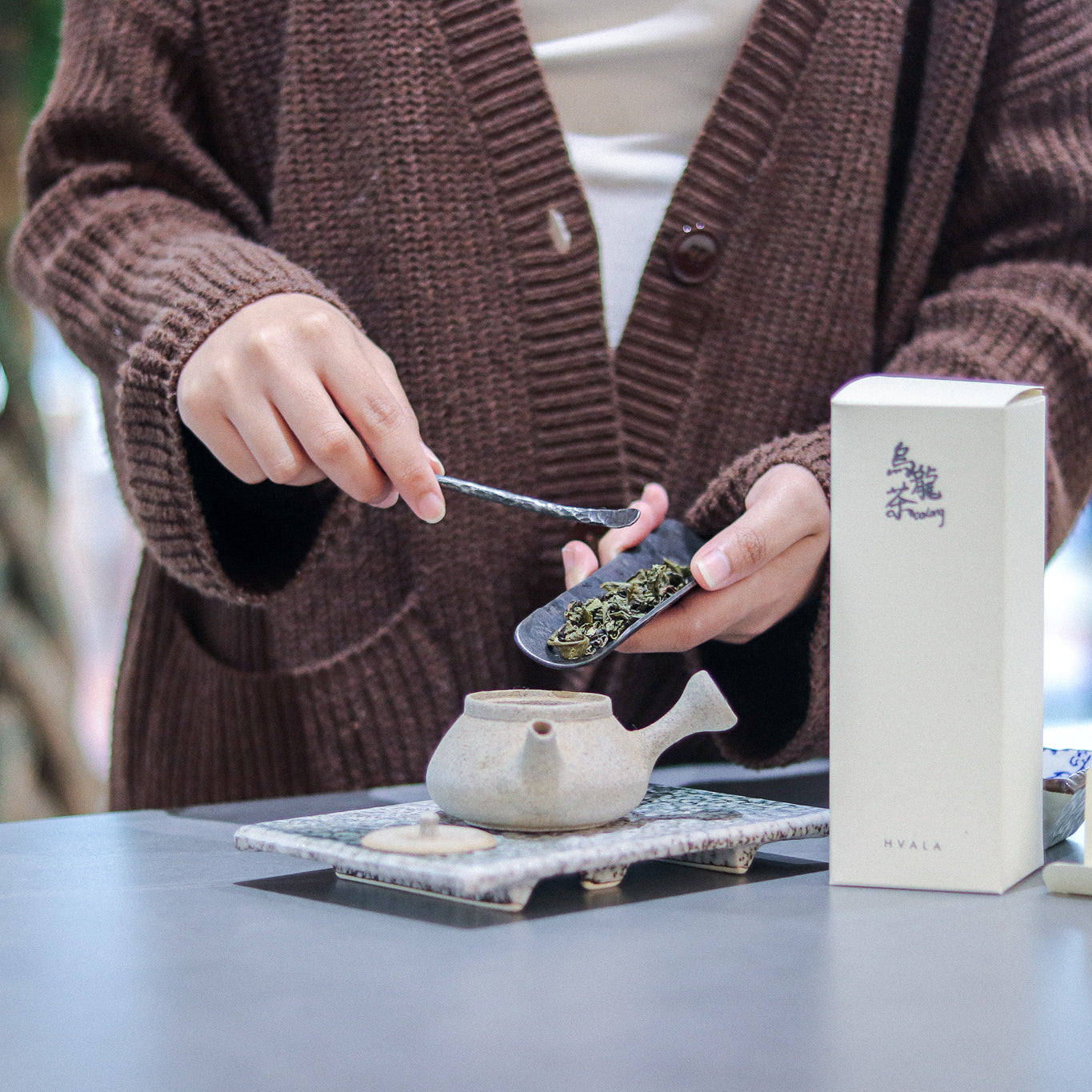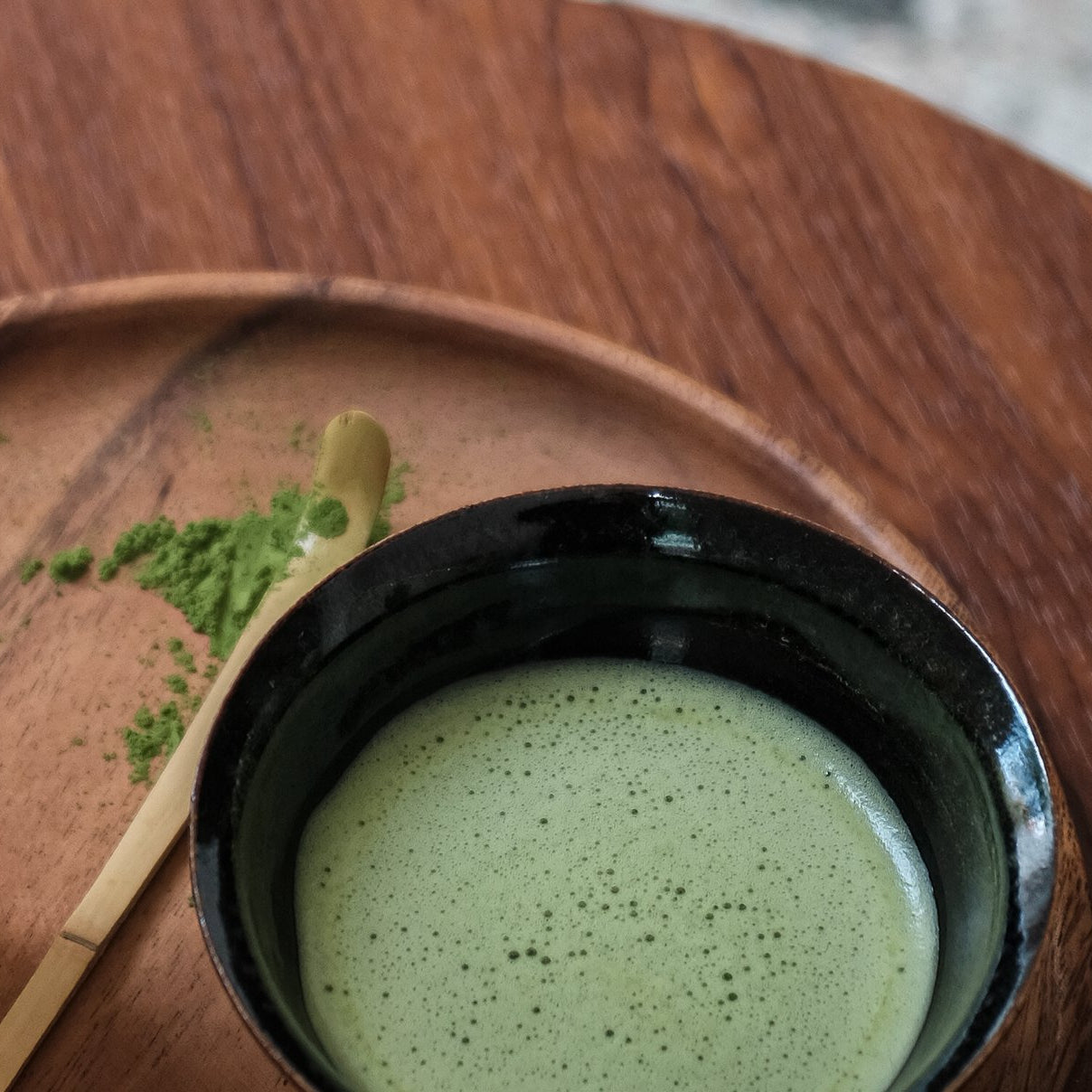
THIRD WAVE TEA -
UNDERSTANDING CULTIVARS
by Hao Jing
Third Wave Tea series
Agile, experienced hands plucking at the tender shoots; it has to be quick, lest the best harvest period is over. Bags upon bags of leaves are collected, all seemingly the same to the untrained eye. But the adept farmers are able to differentiate them simply by sight and touch — the morphology of the plant reveals its cultivar.
February 17, 2023
It has been three years since we last posted in our Third Wave Tea series and the tea scene in Singapore and around the world has changed dramatically. Tea brands have evolved to offer a wider range of tea, and as a whole, quality has increased. Numerous online brands also blossomed during the pandemic lockdowns. Customers now are even more discerning and knowledgeable in terms of tea and what they should be looking for when making a purchase.
In the last article, we drew comparisons to the Waves in the coffee world (now on its fourth or fifth wave, depending on who you ask). We felt back then that the tea world was on the “third wave” with an increasing focus on quality, origins and preparation methods. Three years on, this wave is probably reaching its peak. The use of specialised equipment has become commonplace, brands are more open about where they source their teas from and how they are processed. And with that, comes an increase in emphasis on cultivar.
We vividly remember when we first launched a range of single cultivar matcha back in Apr 2018. Apart from a handful of tea connoisseurs, it was met with lukewarm response. Much like how casual wine drinkers of the past were clueless when told about the grape varietals. But today, terms like Pinot Noir and Sangiovese are widely understood. The general tea cultivar knowledge amongst tea drinkers is definitely not as prevalent as that of wine and coffee drinkers but it has come a long way. With this article, we hope to shed a little more light on them.
What are Cultivars

To understand what cultivars are, we must first define what tea is.
In general, herbal and floral teas are not classically considered to be “tea”. The taxonomy of the plant from which “tea” is produced falls within two main branches (no pun intended) — Camellia sinensis var. sinensis and Camellia sinensis var. assamica. The former is what most Chinese and Japanese teas are made from and the latter is used in most teas from Sri Lanka, India as well as Yunnan (Puerh). Within these two main branches come the sub cultivars.
Drawing comparison to coffee, they too have 2 main branches — the Arabica and the Robusta. From the Arabica comes the numerous sub varieties such as the Bourbon and the famous Gesha/Panama.
Similarly for wines, the Vitis vinifera, also known as the common grape vine, is the species that encompasses almost all the grapes we consume. But within this big umbrella, varietals such as Cabernet Sauvignon, Chardonnay and many others are derived.
Ask any wine or coffee lover and they will tell you that varietals/cultivars play an important role in determining the flavour of the final wine/brew. But the really seasoned drinker will also realise that deliciousness goes far beyond them. The revered Petrus, which costs thousands of dollars, uses 100% Merlot grapes which is one of the most common red wine grape varietals. And an unskilled coffee roaster can bring the best competition grade Gesha bean to ruin.

Similarly for tea, each cultivar comes with their unique characteristics in terms of looks, flavour profile as well as ability to withstand certain weather conditions. The Yabukita cultivar which accounts for around 75% of all teas grown in Japan is favoured by tea farmers for its high yield and ability to withstand harsh cold weather. Samidori, one of the most famous/common Kyoto cultivars, is known for its umami flavour and bright green colour which makes it suitable for making into matcha. But the final brew depends largely on the soil conditions, weather of the year, harvest time/speed and use of fertiliser.
The last point is particularly interesting as most “premium” cultivars, especially the top Kyoto cultivars used primarily for shaded teas such as matcha and gyokuro, require heavy fertilising (and in turn, pesticides to chase away the bugs that are attracted to these bushes) to bring out their full potential. Without the use of fertilisers, the flavour, aroma and umaminess becomes subdued. This is one of the reasons why the top grades of matcha in Japan are rarely organic.
To Cultivar or Not to Cultivar
Now that we understand what cultivars are and that while they do have their unique characteristics, many other factors also play a part in the taste profile of the final brew; should we still seek out the single cultivar teas? After all, the reason why most of the heritage Japanese tea brands employ tea blending masters to blend their signature matcha range is to achieve the same great flavour year after year regardless of the performance of any particular cultivar.
We would think that it ultimately depends on what you as the tea drinker is after. If what you are looking for is consistency and a daily brew, a blend will be the best choice. But if what you desire is to explore the subtlety of the different cultivars, perhaps even comparing the same cultivars from various producers or regions, then the single cultivars are meant for you.
At the end of the day, tea is meant to be a beverage. So as long as it, to quote, “sparks joy” for you, just go for it.




